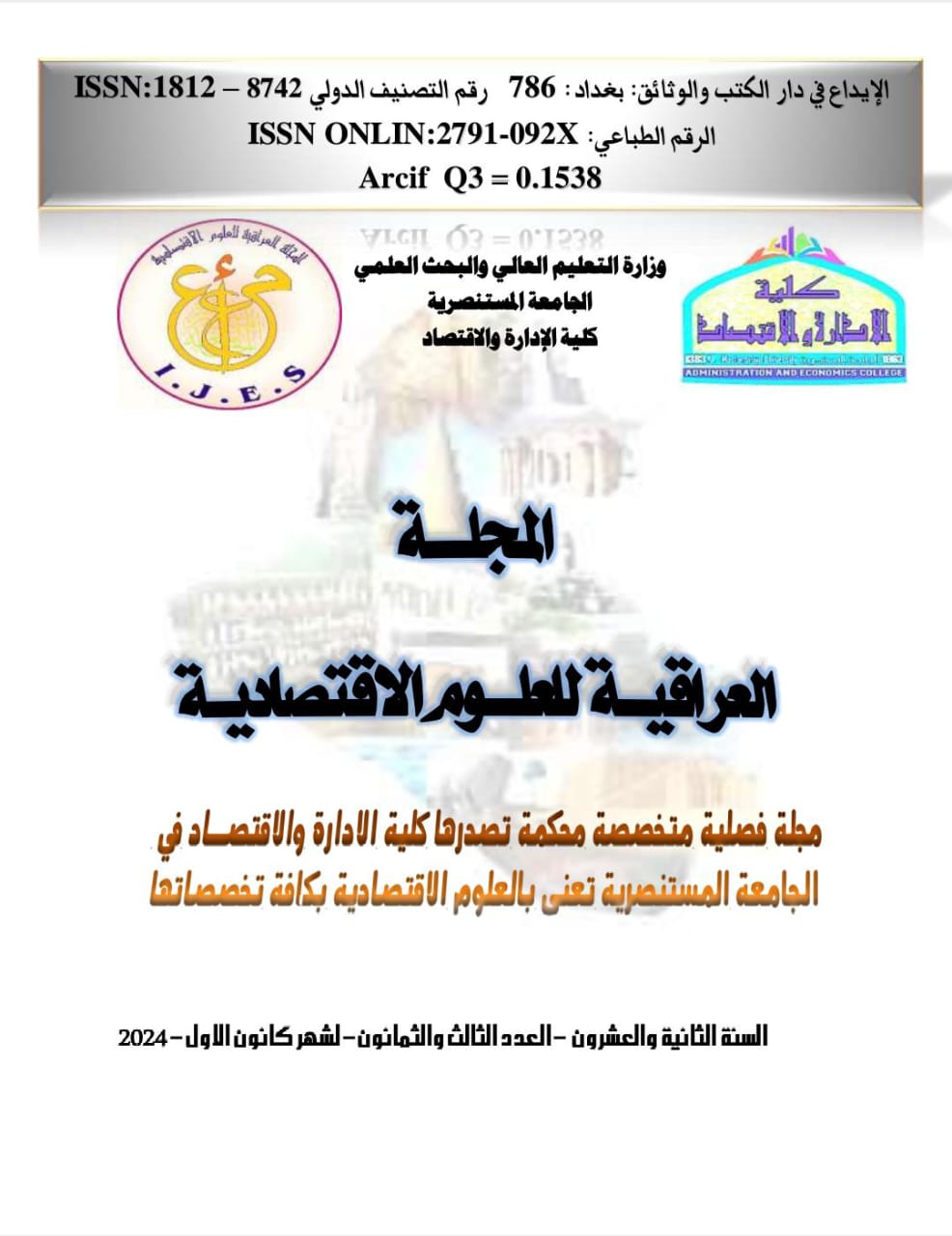Using the Mincer Model to Measure the Impact of Educational Level on Household Income Levels: A Comparative Study between the Governorates of the Kurdistan Region of Iraq for the Year 2022
DOI:
https://doi.org/10.31272/fmy2z767Keywords:
Educational level, Mincer model, Investment in education, wages, Monthly income, return to education.Abstract
The topic of education is one of the most important economic topics that are prominent and greatly influential on economic growth and economic stability, given the importance of this variable on the level of household income, which represents two crucial elements in the foundations of economic welfare in any society. The problem of the study includes how the educational level affects the monthly household income in the Kurdistan Region and how to measure it. Therefore, the study aimed to determine the nature of the relationship between educational level and family income levels in the Kurdistan Region - by using the Mincer model to compare the governorates in the Kurdistan Region of Iraq. Several conclusions were reached, the most important of which was that the model is acceptable and statistically significant, as the significance value is less than 5%. This means that the model consisting of the independent variables and their effect on the logarithm of the dependent variable is acceptable and explains a good percentage and the R-squared values are acceptable and predictable. Also, the values of the variance are a good percentage of the monthly income of the family in each governorate, and we conclude that in all governorates there is a direct effect with statistical significance for the number of years of education completed on the monthly income of the family. This is in line with economic theory. Based on these results, it will be necessary to develop the skills required in the labour market and provide financial support for students facing financial difficulties to help them reduce the financial burden on families.
Downloads






